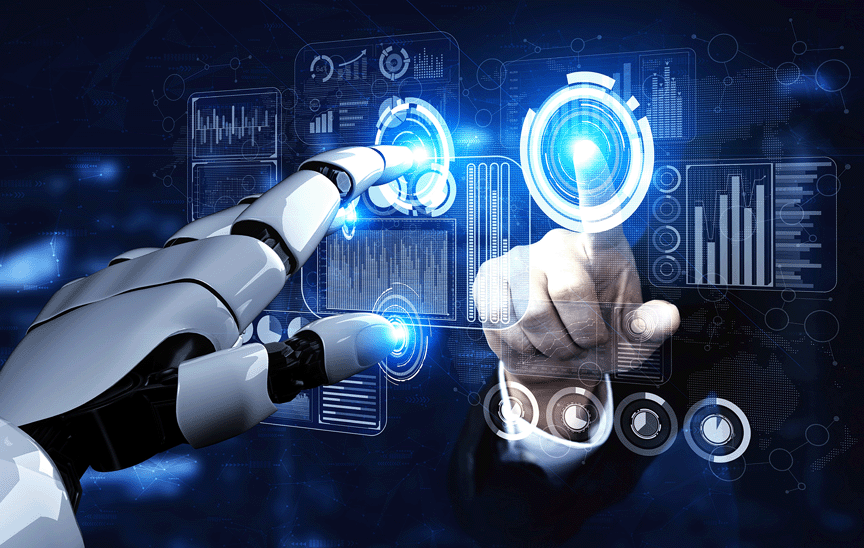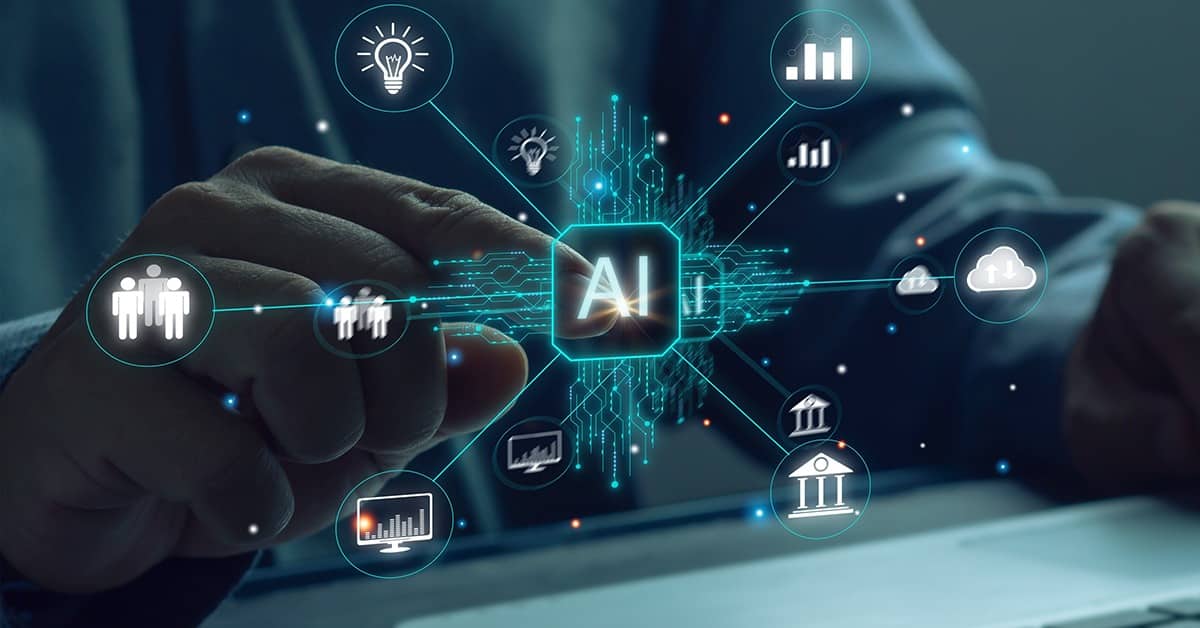In today’s rapidly evolving financial landscape, understanding how machine learning rates credit risk has become crucial. This transformation is driven by the need for more accurate, efficient, and scalable systems for evaluating the creditworthiness of individuals and businesses. But how exactly does machine learning achieve this? Let’s dive deeper into this topic.

The Evolution of Credit Risk Assessment
Traditionally, credit risk assessment relied heavily on manual processes, which were not only time-consuming but also prone to human error. With the advent of technology, especially machine learning, these methods have evolved significantly. Modern techniques are based on data-driven insights, allowing for more precise and reliable outcomes.
Understanding Machine Learning in Credit Risk
Machine learning involves the use of algorithms to parse data, learn from it, and make informed decisions. When applied to credit risk, it helps in analyzing vast amounts of data quickly and accurately. This capability is essential in an era where data is abundant and critical for decision-making.
Key Algorithms Used in Credit Risk Assessment
Some of the prominent machine learning algorithms used in credit risk assessment include:
- Logistic Regression: Commonly used for binary classification problems, it helps in predicting the likelihood of a borrower defaulting.
- Random Forest: This ensemble method is used to improve the accuracy of predictions by combining the output of multiple decision trees.
- Support Vector Machines (SVM): Used for classification tasks, SVMs are effective in high-dimensional spaces.
- Neural Networks: Inspired by the human brain, these networks are used for complex pattern recognition and prediction tasks.
Benefits of Using Machine Learning for Credit Risk
The integration of machine learning in credit risk assessment offers several benefits:
- Accuracy: Algorithms can analyze massive datasets accurately, reducing the chances of errors.
- Efficiency: Automated processes decrease the time required for credit risk assessment.
- Scalability: Systems can handle large volumes of data, making them suitable for growing businesses.
- Predictive Insights: By identifying patterns, machine learning provides predictive insights that can be used for strategic decision-making.
Challenges in Implementing Machine Learning for Credit Risk
Despite its numerous advantages, implementing machine learning in credit risk assessment comes with challenges:
- Data Quality: The accuracy of predictions is heavily dependent on the quality of data fed into the system.
- Model Interpretability: Complex models can be difficult to interpret, making it challenging for stakeholders to trust the results.
- Regulatory Compliance: Financial institutions must ensure that their machine learning models comply with regulatory standards.
- Bias and Fairness: Ensuring that models do not perpetuate existing biases is critical.
Real-World Applications of Machine Learning in Credit Risk
Many financial institutions have successfully integrated machine learning into their credit risk assessment processes. For instance, some banks use algorithms to analyze customer transaction data, enabling them to offer personalized loan products. Others leverage these technologies to automate their underwriting processes, thereby reducing operational costs and improving customer experiences.
Future Trends in Machine Learning and Credit Risk
The future of machine learning in credit risk assessment looks promising, with several emerging trends:
- AI and Blockchain: The integration of AI with blockchain technology can enhance transparency and security in credit risk assessment. Learn more about the potential of AI and blockchain in finance.
- Explainable AI: As transparency becomes more crucial, there is a growing focus on developing models that are easier to understand and explain.
- Integration with IoT: The Internet of Things (IoT) can provide additional data points, further refining credit risk assessments.
Conclusion
Understanding how machine learning rates credit risk is essential for modern financial institutions. As the technology continues to evolve, it promises to offer even more accurate, efficient, and scalable solutions. While challenges remain, the benefits far outweigh the drawbacks, making machine learning an indispensable tool in the finance sector.

FAQ
What is machine learning in credit risk?
Machine learning in credit risk involves using algorithms to analyze data and assess the likelihood of a borrower defaulting. It enhances accuracy, efficiency, and scalability in credit risk assessment.
How does machine learning improve credit risk assessment?
Machine learning improves credit risk assessment by providing accurate predictions, automating processes, and offering predictive insights that can be used for strategic decision-making.
What are the challenges of using machine learning for credit risk?
Challenges include ensuring data quality, model interpretability, regulatory compliance, and avoiding bias in predictions.
For more insights, consider exploring this external resource.





